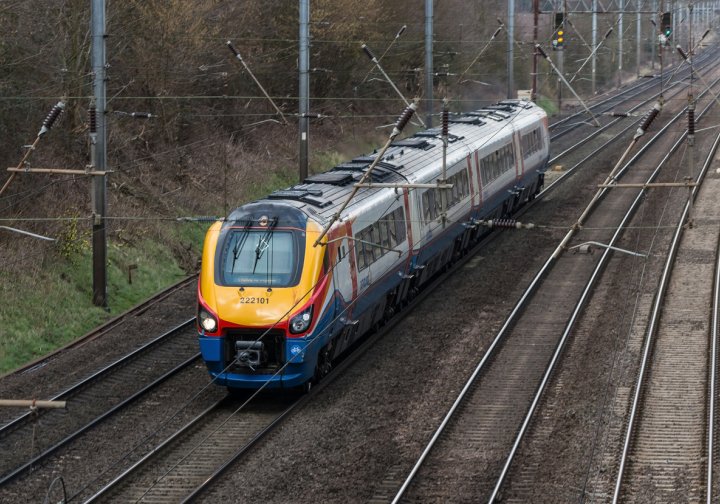The East Midlands continues to receive the lowest levels of public funding in England, according to the Government’s latest figures – as two regional bodies call for a renewed focus on levelling up.
The region ranked either bottom or near the bottom for spending on transport, health, education and economic affairs – when adjudged per head of population – between 2016 and 2021.
East Midlands Chamber and East Midlands Councils analysed the Treasury’s latest public expenditure statistical analysis for 2021, which was published last week.
The report found there was a particular deficit in transport infrastructure spending at just 64.7% of the UK average for 2020/21, the joint lowest of any UK region or nation. If the East Midlands was funded at a level equivalent to the national average, it would have an extra £1.26bn per year to spend on transport.
Over the past 10 years, there has also been a growing gap in transport spend between the East and West Midlands, where spend has been rising. In 2016/17, the £217 per head spend on transport in the East Midlands was 67% of the £322 received by the West Midlands. By 2019/20, this had declined to 61% (£311 versus £506).
Although the gap closed to 79% in 2020/21, these figures are skewed by Covid-19 support and it is likely to widen again over the next decade as a result of building HS2 Phase 1 – which connects Birmingham to London – and initiatives delivered by the West Midlands Combined Authority.
East Midlands Chamber urges Government to invest in region
Chris Hobson, director of policy and external affairs at East Midlands Chamber, said: “The fact that the East Midlands has consistently delivered GDP growth close to the UK average from very low levels of transport investment is testament to commitment and ingenuity of the thousands of SMEs that are the backbone of the region’s economy. But declining relative productivity means even this level of performance cannot be sustained.
“Although we have been promised an HS2 leg from Birmingham to East Midlands Parkway alongside other schemes such as Midland Main Line electrification, there has been near silence about progressing these programmes ever since the Integrated Rail Plan was published eight months ago.
“This analysis clearly shows why it’s important for the Government to invest more in our region – not just in transport but other key services such as health, education, economic development and social protection, where we also lag far behind every other region. For all the talk of levelling up, we’re yet to see any tangible proof of action.
“Despite the lack of backing, we have shown you get more bang for your buck by investing in our region. So imagine what we could achieve by really getting behind what we can offer.
“Devolving decision-making powers over how funding is spent to local areas will be an important step in the right direction, as the analysis also highlights how areas already equipped with these responsibilities are receiving more funding.
“With discussions underway about how this might look in the East Midlands under the Levelling Up and Regeneration Bill, this is an important reminder that we must organise ourselves in a way so that it’s easy for Government to provide us with the funding we need to grow our local economy, productivity and wealth.”
Manufacturing a key industry in East Midlands labour market
Other key findings in the analysis included:
- The East Midlands – which comprises Derbyshire, Leicestershire, Lincolnshire, Northamptonshire and Nottinghamshire – is a region of 4.87 million people and 367,000 businesses. Total output in 2019 was £130bn, equivalent to 5.9% of the UK economy.
- The region’s 2022 employment rate of 76% is above the UK average of 75.6%, although median weekly earnings of £573 per week are below the national average of £611 per week
- 10.7% of the region’s workforce is in manufacturing, compared to 7.3% for the UK
- GDP growth in the East Midlands over the past 20 years has been better than most other regions before the impact of Covid-19, although the 1.8% annual growth is just below the UK average of 1.9%
- Productivity has remained below the UK average over the past 20 years – 85.4% of the national level in 2020 – and is declining in relative terms to the UK








